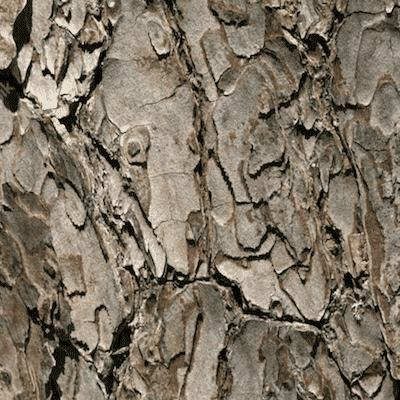Softwoods
A forest is a carbon bank, every tree a deposit.
Mahogany is a highly sought-after tropical hardwood, but its rising cost can be attributed to export bans, illegal logging, and its endangered status. Sustainable cultivation offers a viable solution for meeting global demand while protecting this valuable resource.
Export bans from Brazil (since 2001) and Peru have significantly reduced the availability of mahogany in international markets. As a result:
Investing in regulated mahogany plantations presents an opportunity to meet growing demand while adhering to sustainability protocols. Benefits include:
Mahogany’s scarcity, combined with rising environmental awareness, underscores the importance of sustainable cultivation. By investing in plantations that adhere to stringent environmental standards, stakeholders can protect this iconic hardwood while capitalizing on its high market value.
Export bans on South American mahogany have led to efforts to grow this valuable hardwood in other regions. Today, mahogany plantations are thriving in parts of Asia, including:
While Asian plantations produce mahogany, the wood is often considered inferior to native South American mahogany, commonly referred to as "real" mahogany. Key issues include:
Interplanting other non-native species from mahogany’s native habitat may mitigate these challenges, but this approach is costly and time-intensive.
Traditional mahogany plantations are laid out in rows with 20-foot spacing. However, this configuration often slows growth as trees mature. In their natural habitat, mahogany trees grow as isolated specimens, sometimes miles apart, creating a vastly different environment.
To mimic natural conditions and boost growth rates, innovative methods are being adopted:
Interested in learning more about innovative mahogany cultivation methods? Contact us today to explore opportunities in sustainable mahogany production.
Mahogany: A prized tropical hardwood known for its unmatched beauty, durability, and rich color, making it one of the most valuable woods in the world.
Mahogany is classified into three main varieties, each with distinct characteristics:
Mahogany is a highly valued hardwood known for its:
Applications include:
Pricing: Prices vary by origin and quality:
Deforestation and climate change have created a need for sustainable mahogany reforestation initiatives, particularly in the Caribbean. Benefits of replanting include:
"Not all mahogany is the same. African Mahogany is three times harder than island mahogany but less pliable than Honduran Mahogany. If you can afford genuine mahogany, its bending and finishing qualities are unparalleled."
"When sanding mahogany, gradual sanding is essential. Begin with 120-grit sandpaper, and finish with 150-grit for a smooth surface. Use wood filler carefully and allow it to dry for 24 hours before staining. Apply tung oil, shellac, or polyurethane for a perfect finish."
"Mahogany is not only beautiful but also easy to work with. Honduras heartwood, in particular, offers incredible strength and a dark brown hue that’s stunning. It’s ideal for boat decks, paneling, and furniture. The investment is worth it."
Contact Us to explore opportunities in sustainable mahogany reforestation and commercial plantations.
From maple to oak, hardwoods whisper of centuries past, their slow growth a testament to patience and value over time.
Partner with us in a land management project to repurpose agricultural lands into appreciating tree assets. We have partnered with growingtogive.org, a 501c3 nonprofit, to create tree planting partnerships with land donors.
We have partnered with growingtogive.org, a Washington State nonprofit to create a land and tree partnership program that repurposes agricultural land into appreciating tree assets.
The program utilizes privately owned land to plant trees that would benefit both the landowner and the environment.
If you have 100 acres or more of flat, fallow farmland and would like to plant trees, then we would like to talk to you. There are no costs to enter the program. You own the land; you own the trees we plant for free and there are no restrictions; you can sell or transfer the land with the trees anytime.
Copyright © All rights reserved Tree Plantation


